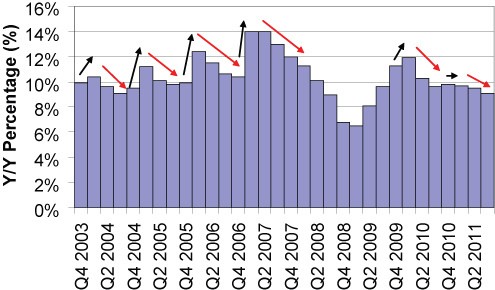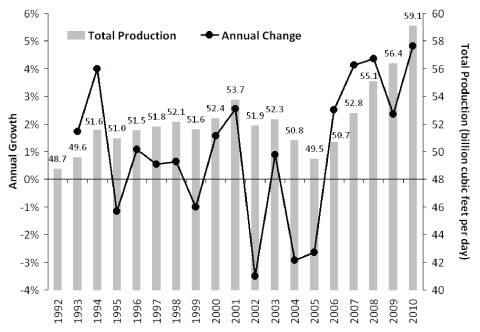Fisher Investments MarketMinder
Post on: 30 Апрель, 2015 No Comment

Derivatives get a bad rap these days. Spun as Frankensteins of the investment world, one might think these abominations were created by mad scientists (or worse, greedy bankers) only to terrorize unsuspecting economies (and taxpayers). Or at least that’s what angry politicians (complete with torches and pitchforks) might have us believe. If they can’t rid us of these Frankenvestments, they surely intend to regulate the heck out of them.
But really, derivatives aren’t nearly so monstrous. With all the recent chatter, I thought perhaps our readers would welcome a simple explanation of derivatives, void of the stigma often applied through political rigmarole. If nothing else, by reading on you’ll be a better-informed investor—or at least have another arrow in your quiver of cocktail party banter.
First, know that derivatives are merely another type of financial security—a tool, neither inherently good nor bad, and not necessarily more or less risky if used prudently. And while they can be misused, derivatives overall have proven very helpful to lots of folks, from farmers to financiers.
What’s a Derivative?
A derivative is simply a contract between two parties, known as counterparties. Like its name implies, a derivative’s value is derived from something else—stocks, bonds, other derivatives, interest rates, commodities, currencies, weather. Just about anything really. The contract itself is what’s traded. All derivative contracts involve a buyer, a seller, an underlying item, a specified future price, and a specified future date when the contract expires. There are four main types of derivatives: Options, futures, forwards, and swaps.
Depending on the type, derivatives can be traded on or off exchanges. Options and futures contracts are standardized and trade on organized exchanges, whereas forwards and swaps typically aren’t standardized and trade directly between sophisticated counterparties in the over-the-counter (OTC) market.
When you buy a stock or corporate bond, you are directly buying ownership in, or lending to, a company. However, derivatives don’t constitute direct investment in a company (or anything else). Instead, derivatives involve rights and obligations. Some derivatives give investors the right to buy or sell something in the future at a set price. Others involve the obligation to buy or sell. When a derivative is tied to a deliverable item like a stock or a bushel of wheat, the actual item can be exchanged at the end of the derivative contract. (Though especially for commodities, the contracts are usually closed out beforehand, so physical delivery never actually occurs.) For undeliverable items like stock indexes, interest rates, and weather, cash is exchanged in an amount based on the movement of the underlying item.
Derivatives tend to incorporate a lot of leverage by allowing a relatively small sum to provide exposure to a larger—sometimes much larger—amount of assets. Such leverage can be helpful in mitigating risk without tying up too much capital, or it can be devastating if used to heap on too much risk. When it comes to derivative investing, listen to Evil Knievel’s advice: Risk is good. Not properly managing your risk is a dangerous leap . Yes, he’s probably referring to one of his astoundingly ill-advised motorcycle jumps. Still, the advice is on point.
Options
Of the four main derivative types, options are undoubtedly the most commonly used among individual investors. All options are derivatives, but not all derivatives are options. (Kind of like how all squares are parallelograms, but not all parallelograms are squares.) Options are called options for a reason—the name reflects the rights imparted on buyers. With options, buyers have the right but not the obligation to buy or sell something, whereas sellers have obligations. For example, if you buy the right to purchase a stock at a specific price (the strike price ) you can exercise that right up to a certain date (the expiration date ) if the stock moves higher than that price—or decline the option to buy if the market price is lower.
Call options give the purchaser the right to buy and the seller the obligation to sell. Conversely, put options give the purchaser the right to sell and the seller the obligation to buy. An investor can buy a call, sell a call, buy a put, or sell a put.
Futures
Perhaps you’ve seen the movie Trading Places, in which Eddie Murphy and Dan Aykroyd (illegally) use futures to corner the frozen concentrated orange juice market (if you haven’t seen it, it’s a worthy rental). Futures, like options, are contractual agreements between counterparties where each agrees to exchange an item for a set price at a specific future date. Unlike options, both counterparties in a futures contract have obligations—the contract purchaser to buy the underlying item and the seller to sell.
Forwards

Forward contracts, also called forwards. are almost identical to futures—they both obligate a buyer to buy something and the seller to sell it. Unlike futures, which are standardized, forward contracts are customized, private agreements between buyer and seller. They aren’t exchange-traded, which means there’s no clearinghouse to guarantee transactions and mitigate counterparty risk—the risk one party defaults. As such, futures are often easier to price and offer more transparency than forwards.
Swaps
Like forwards, swaps are privately-negotiated derivative contracts that aren’t yet cleared through clearinghouses or traded on exchanges (though plans are in the works to do so for at least some swaps). The counterparties agree to exchange one stream of cash flows for another. The cash flows can stem from just about anything. They could swap cash flows from variable-rate bonds for those from fixed-rate bonds, or a stock index return for a commodity index—you name it.
Interest rate swaps—those trading fixed rate cash flows for variable—make up the lion’s share of the swap market, but credit default swaps (CDSs) have recently garnered most of the attention. CDSs are relatively new derivatives that act like insurance on debt. A CDS buyer gets the payoff if the issuer of an underlying bond defaults (or a credit event occurs, to get technical). In return, the CDS seller receives a premium for the insurance.
Hedging against default is a straightforward and undeniably beneficial function of CDSs. But CDSs often draw criticism because the insurance buyers don’t need to own the underlying debt to buy the insurance, enabling them to profit from a default rather than just hedging against that risk. Some view CDSs as creating a perverse incentive for speculators to drive firms, governments, or any other debt issuer to default, while others view speculators as a necessary part of the market, increasing liquidity and aiding price discovery.
These conflicting views on CDSs, and derivatives in general, are playing out in Washington as Congress debates financial regulation reform. Senator Blanche Lincoln (D-Arkansas) presented a plan that would force big banks to spin off their lucrative derivatives businesses. Senator Chris Dodd’s (D-Connecticut) broader reform bill currently includes a less stringent proposal for derivatives regulation. Regardless of which (or if either) of these bills becomes law, it’s clear change is afoot in derivatives markets.
Investors too often follow financial truisms that crumble under objective analysis. The notion all derivatives are risky is a perfect example. Businesses frequently use derivatives to reduce risk by hedging against price swings in the products they buy and sell (like say, an airline hedging fuel costs through oil futures, or a farmer using wheat futures to lock in a set price for his wheat before harvest), or to protect against things like rising or falling interest rates. Some investors use futures as a way to bet on price movement, or as a way to invest in non-correlated assets (i.e. assets that behave differently than stocks).
Hopefully you’ve derived from the above that derivatives aren’t Frankenvestments—they’re financial tools that when used appropriately are very helpful to investors, businesses, and markets generally.














